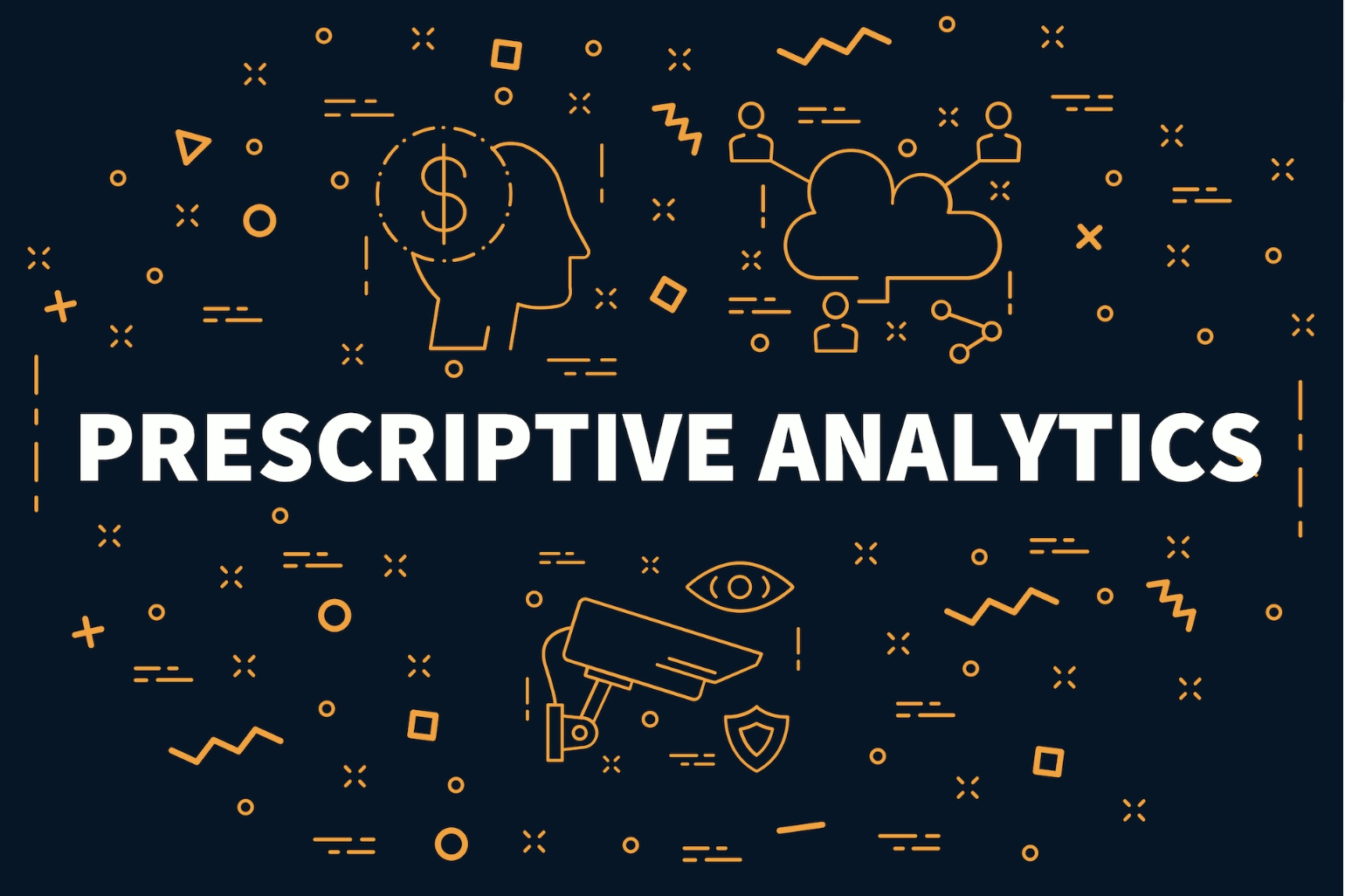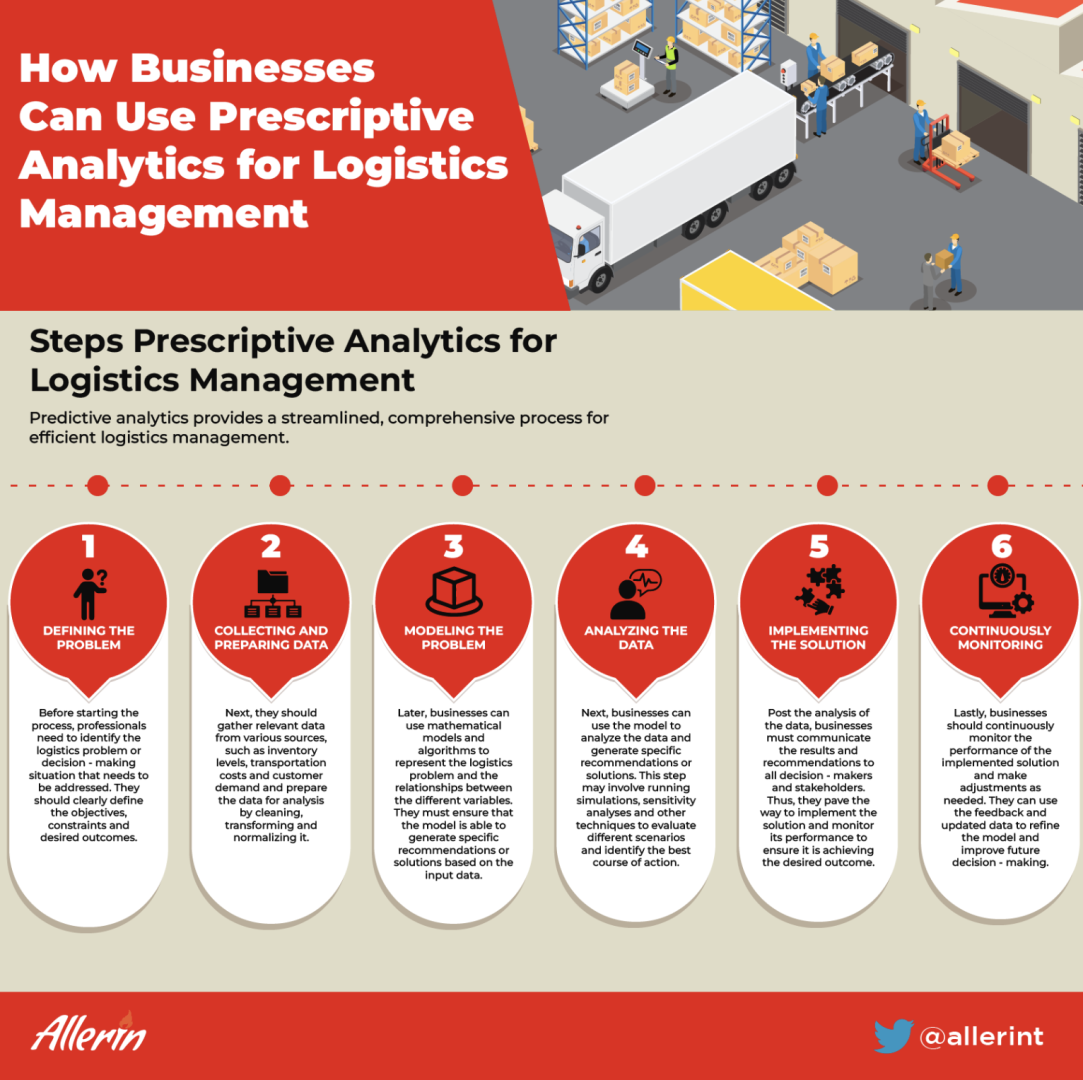Comments
- No comments found

Prescriptive analytics enables efficient logistics management with a streamlined process, diminishing uncertainties that come with the conventional process.
When multiple variants and uncertainties are included while making informed decisions, it becomes increasingly difficult for businesses to make efficient operations. However, the use of analytics for favorable outcomes has been steadily growing, as industry giants like Google and Netflix and many such companies utilize analytics to improve their processes and serve their customers better.
Amidst this, the logistics sector can utilize ‘prescriptive analytics’ that makes data-driven decisions and determines the best course of action. Prescriptive analysis is a type of data analysis that uses mathematical models, algorithms and other techniques to generate specific recommendations or solutions to a problem or decision-making situation. It is used to identify the best course of action to achieve a desired outcome, taking into account constraints and uncertainties. Let’s understand the role of prescriptive analytics in logistics in detail.
Businesses use prescriptive analytics in logistics to improve efficiency and optimize supply chain operations. By analyzing data from various sources, such as transportation costs, inventory levels and customer demand, prescriptive analytics can provide insight into what actions should be taken to improve performance.
For example, a business may use prescriptive analytics to optimize delivery routes, reducing transportation costs and improving delivery times. It can also be used to identify bottlenecks in the supply chain, such as inventory shortages or delays and to develop strategies to address these issues.
Additionally, prescriptive analytics can be used to predict future demand for products and to optimize inventory levels, reducing the risk of stockouts and improving customer satisfaction.
Predictive analytics provides a streamlined, comprehensive process for efficient logistics management.

Stage 1: Defining the Problem
Before starting the process, professionals need to identify the logistics problem or decision-making situation that needs to be addressed. They should clearly define the objectives, constraints and desired outcomes. Stage 2: Collecting and Preparing Data
Next, they should gather relevant data from various sources, such as inventory levels, transportation costs and customer demand and prepare the data for analysis by cleaning, transforming and normalizing it. Stage 3: Modeling the Problem
Later, businesses can use mathematical models and algorithms to represent the logistics problem and the relationships between the different variables. They must ensure that the model is able to generate specific recommendations or solutions based on the input data. Stage 4: Analyzing the Data
Next, businesses can use the model to analyze the data and generate specific recommendations or solutions. This step may involve running simulations, sensitivity analyses and other techniques to evaluate different scenarios and identify the best course of action. Stage 5: Communicating and Implementing the Solution
Post the analysis of the data, and businesses must communicate the results and recommendations to all decision-makers and stakeholders. Thus, they pave the way to implement the solution and monitor its performance to ensure it is achieving the desired outcome. Stage 6: Continuously Monitoring and Optimizing
Lastly, businesses should continuously monitor the performance of the implemented solution and make adjustments as needed. They can use the feedback and updated data to refine the model and improve future decision-making. CONCLUSION
Through prescriptive analytics, the logistics domain can now reduce complexities and uncertainties along with enhancing performance and mitigating risks. This will enable companies to get a competitive edge in the market.
Naveen is the Founder and CEO of Allerin, a software solutions provider that delivers innovative and agile solutions that enable to automate, inspire and impress. He is a seasoned professional with more than 20 years of experience, with extensive experience in customizing open source products for cost optimizations of large scale IT deployment. He is currently working on Internet of Things solutions with Big Data Analytics. Naveen completed his programming qualifications in various Indian institutes.
Leave your comments
Post comment as a guest